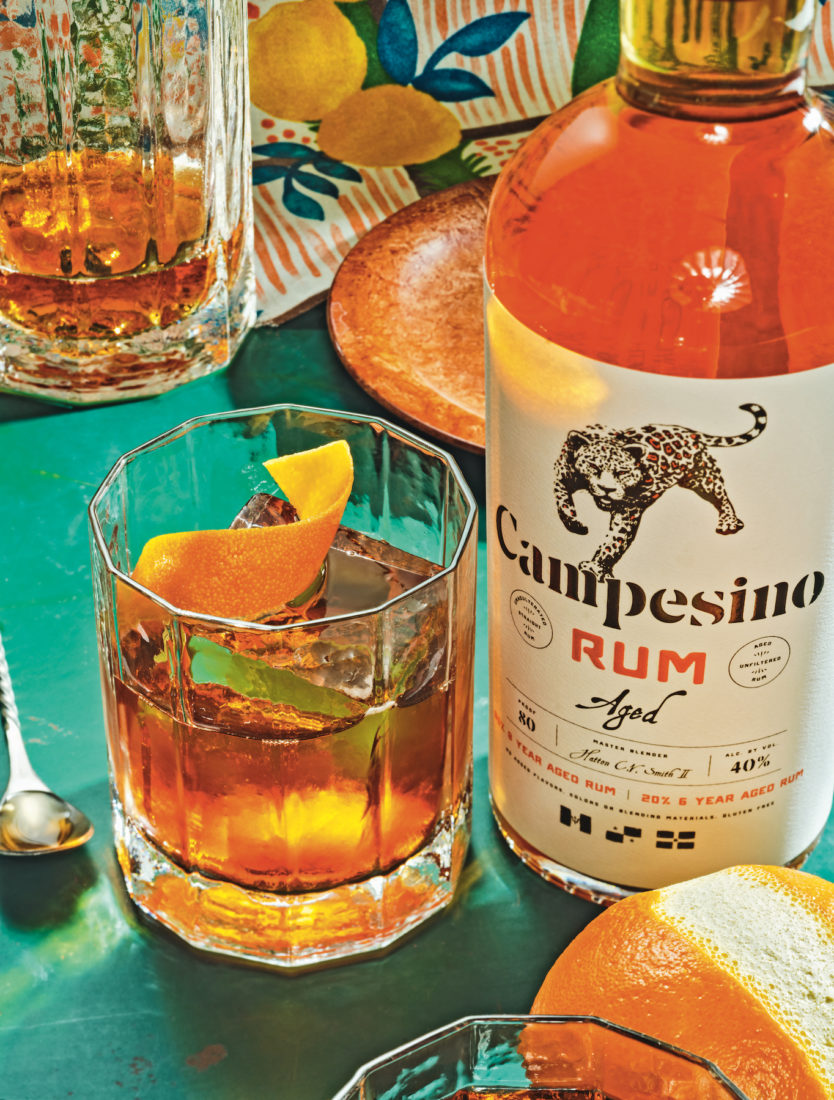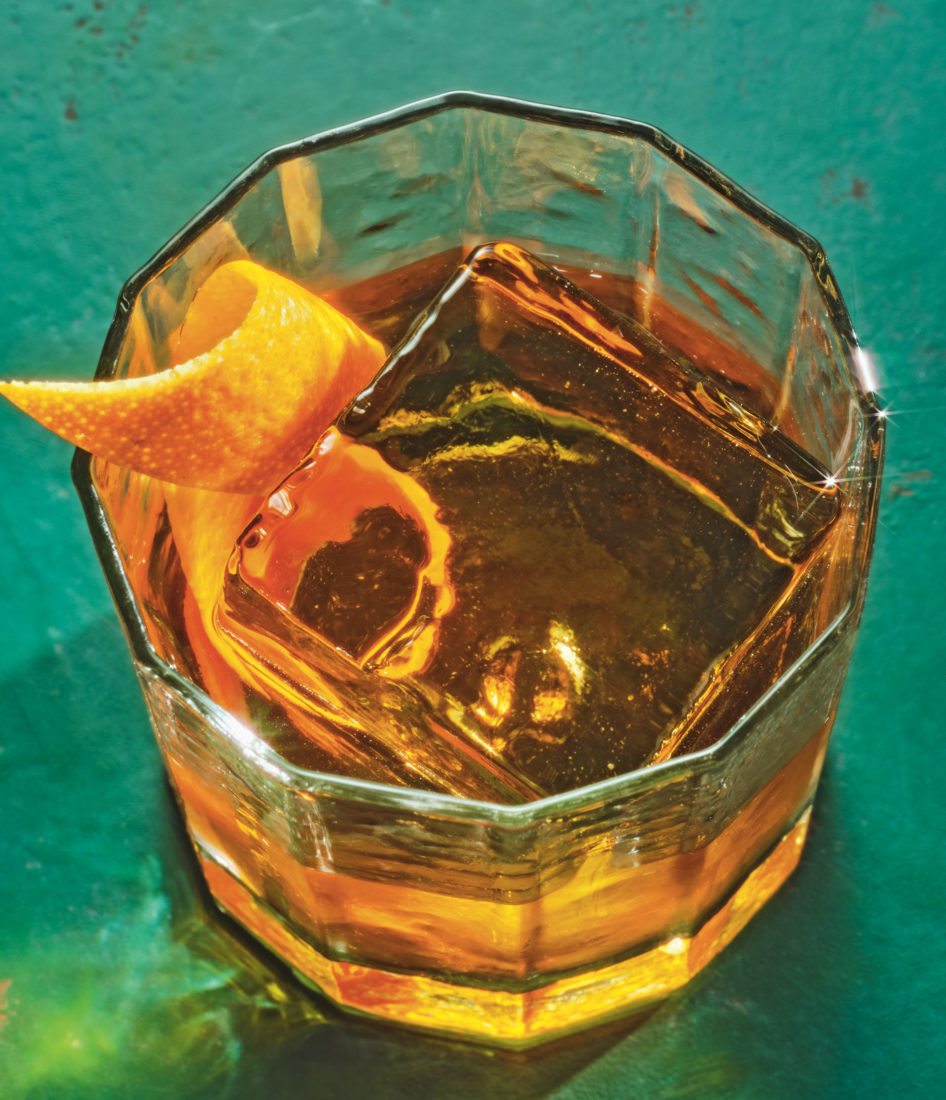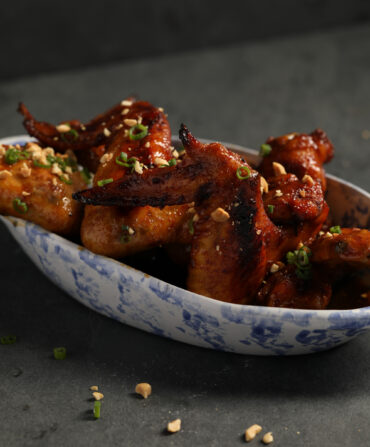A few years ago, Hatton Smith II made a discovery: He wasn’t temperamentally suited to work for others. So at twenty-two he quit his job as a coffee trader in New York and bought a one-way ticket to Panama.
He eventually set up a primitive operation in the mountains, buying and roasting local coffee by hand over a fire to sell to international students and others. (Coffee is in his blood; his family has owned Royal Cup Coffee in Birmingham since 1950.) Then he acquired a spirit still and figured out how to ferment crushed sugarcane and distill that into rum. He scavenged old wine bottles from dumpsters, cleaned them and filled them with his hooch infused with hibiscus and other botanicals, and started selling flavored white rum.
In 2018 Smith moved back to Birmingham with the idea of continuing to sell the spirit, although at larger scale and higher quality—and in new bottles. He experimented by blending rums from all over, eventually settling on a mix from Panama, Barbados, and the Dominican Republic. “By marrying those three flavors together, we created a new flavor,” he says, likening it to mixing coffee from different countries to craft a pleasing breakfast blend.
Smith called his result—and his company—Campesino, a nod to his former farming compatriots in Panama. The rum first appeared in bars and liquor stores in mid-2019 and is now sold in Alabama, Georgia, Tennessee, and Florida. (Residents most everywhere else can order through the Campesino website.)

“Merchant bottling,” the term for the process by which someone blends the spirits of others to create his or her own brand, isn’t new. Most cognac and blended Scotch emerged out of this nineteenth-century tradition. With the boom in small spirits in the past decade, the practice has widely resurfaced, although not without taint.
Smith laments a “lack of transparency and false label claims” in the liquor industry—much rye whiskey that claims to be small batch, for instance, comes from an industrial producer in Indiana. And he learned from the coffee trade that consumers increasingly seek the truth. So Campesino lists the individual distilleries from which its rum is made on its website, as well as the percentages used in the blend, and avoids additives, including sugar.
Smith prefers his rum in an old-fashioned—arguably the most straightforward of cocktails, designed to play up the spirit rather than to mask it. At Birmingham’s Cayo Coco, a downtown rum bar and restaurant, managing partner Josh Schaff says the rum old-fashioned using Campesino has become their second most popular drink after the mojito. The bar concocts its own chocolate bitters and dark sugar syrup to lightly accent the Campesino, which anchors an old-fashioned nicely. “It doesn’t lean too far in any direction,” Schaff says. “It’s not tannic or bitter, just well-rounded and balanced.”
It doesn’t hurt that the drink starts with a rich and aromatic rum, its underlying sweetness tempered by charred oak barrels. “In the United States and particularly the Deep South, people drink bourbon,” Smith says. “And I wanted to create something that the bourbon consumer could connect to.”








